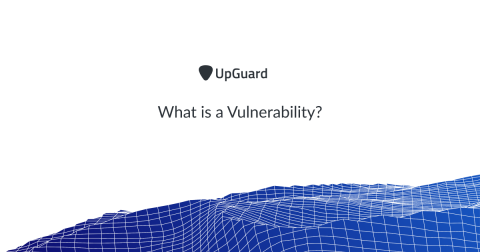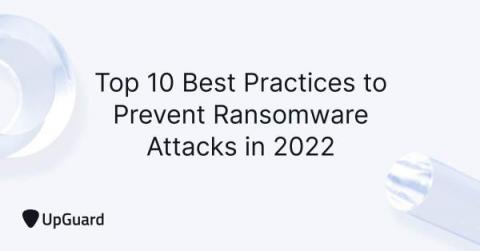Security | Threat Detection | Cyberattacks | DevSecOps | Compliance
Latest News
What is a Vulnerability?
In cybersecurity, a vulnerability is a weakness that can be exploited by cybercriminals to gain unauthorized access to a computer system. After exploiting a vulnerability, a cyberattack can run malicious code, install malware and even steal sensitive data. Vulnerabilities can be exploited by a variety of methods including SQL injection, buffer overflows, cross-site scripting (XSS) and open-source exploit kits that look for known vulnerabilities and security weaknesses in web applications.
How to Answer a Security Questionnaire: A 4-Step Guide
A security questionnaire is a crucial part of an organization’s vendor risk assessment process. Client organizations use security questionnaires to gather insights into the security posture of their third-party vendors, such as their information security policies and practices.
How to Implement a Vendor Risk Management Program
In a threat landscape where organizations outsource vital business processes that leave data security in the hands of third-party information technology, vendor risk management is increasingly important. A 2022 KPMG study found that 73% of survey respondents experienced at least one significant disruption caused by a third party over the past three years.
Top 7 SaaS Security Risks and How to Fix Them
Modern organizations are increasing cloud adoption to reap the operational benefits of outsourcing critical business functions. A 2021 study found that 90% of surveyed organizations now use cloud computing, such as software-as-a-service (SaaS) services. SaaS solutions help organizations achieve vital objectives, such as cost reductions and faster time-to-market. However, like all other digital transformation products, they also introduce cybersecurity risks.
Top 10 Best Practices to Prevent Ransomware Attacks in 2022
As the world of technology grows, so should the cybersecurity practices that protect them. Having a ransomware defense strategy should be a priority for any individual or company. Without it, poorly protected users and organizations can put themselves at risk of losing important and confidential information. A report from Cybersecurity Ventures estimates that there was one ransomware attack every 11 seconds in 2021, resulting in almost $20 billion in damages.
Reasons to consider a managed SOC
How To Protect Your Code: Top 3 Anti-Debugging Methods
Threat actors utilize numerous anti-analysis techniques, one of the most common of which is Anti-Debugging, to make post-detection analysis more difficult. In the malware they create and the ways they use to avoid detection and analysis by cybersecurity experts and solutions, threat actors have shown to be more inventive.
The TTPs of JavaScript Supply Chain Attacks
Recent research studies demonstrate that software supply chain attacks are on the upswing—by almost 300% in 2021 alone. To avoid attacks related to open-source libraries and JavaScript, businesses need to understand the tactics, techniques, and procedures (TTPs) associated with JavaScript supply chain attacks.
How Calligo uses machine learning as a service (MLaaS)
In this blog post, we explore how we boost our MLaaS approach to create the best blend of innate human nuance and computational ability of machines to solve your business challenges…











